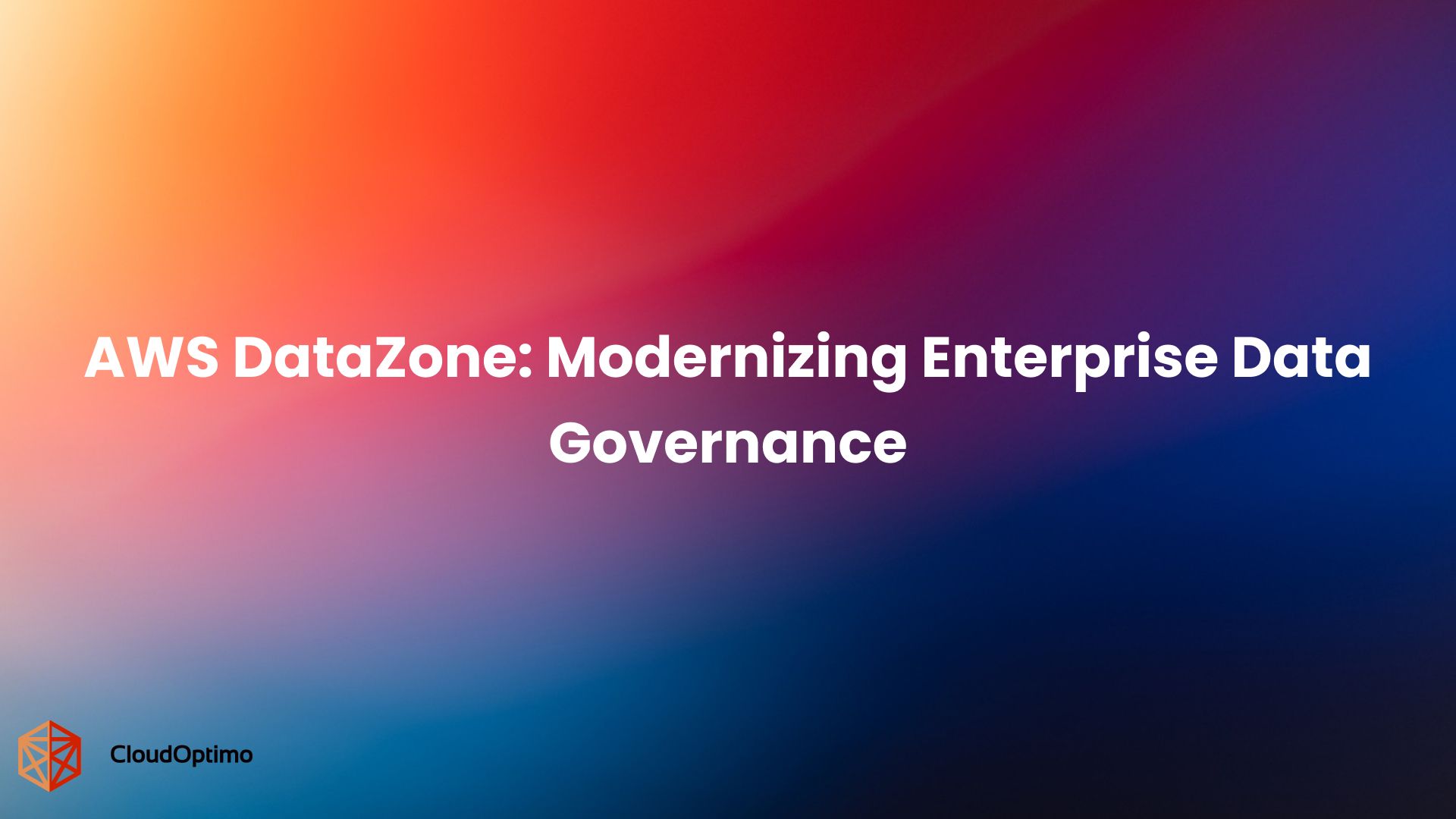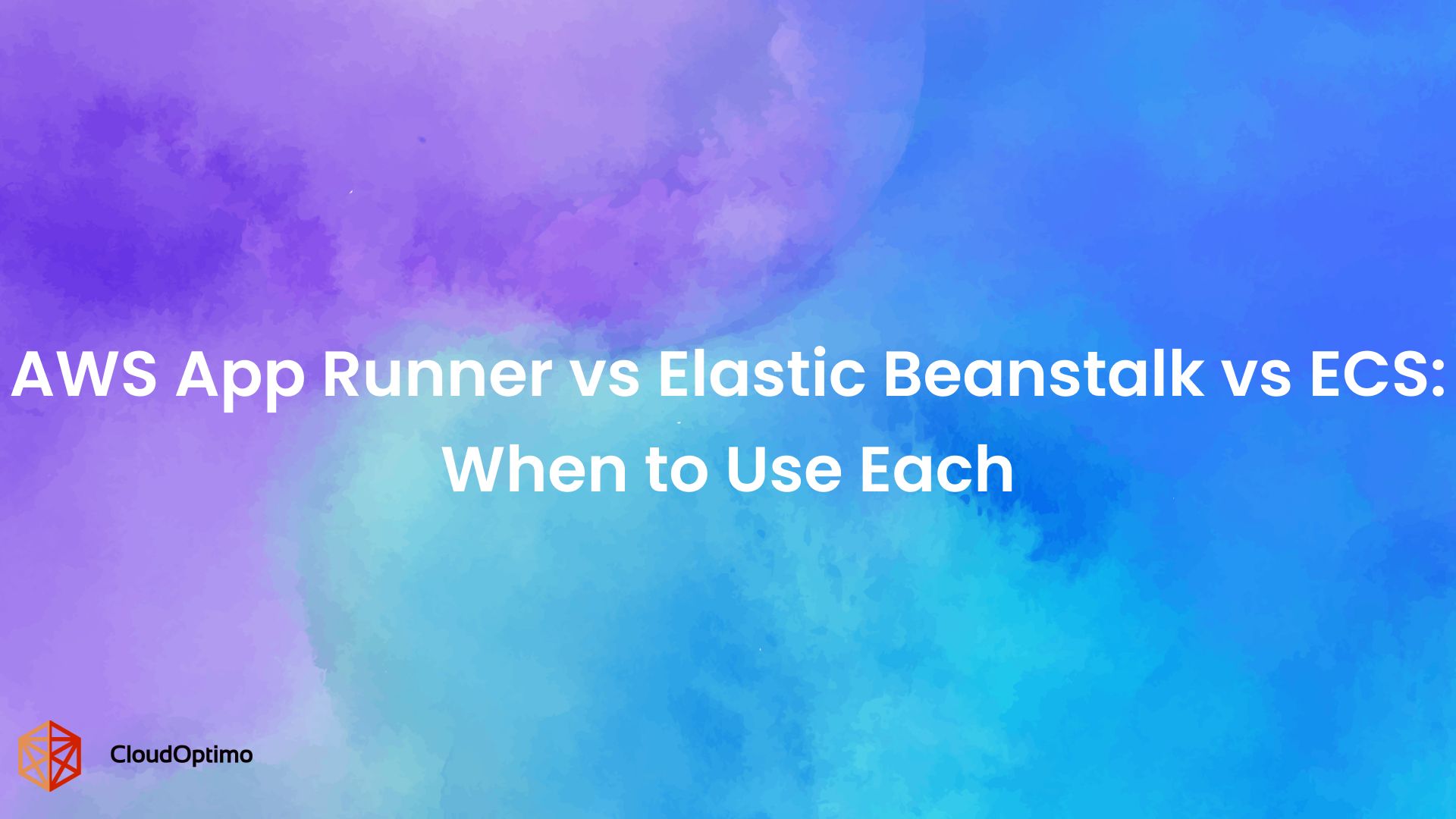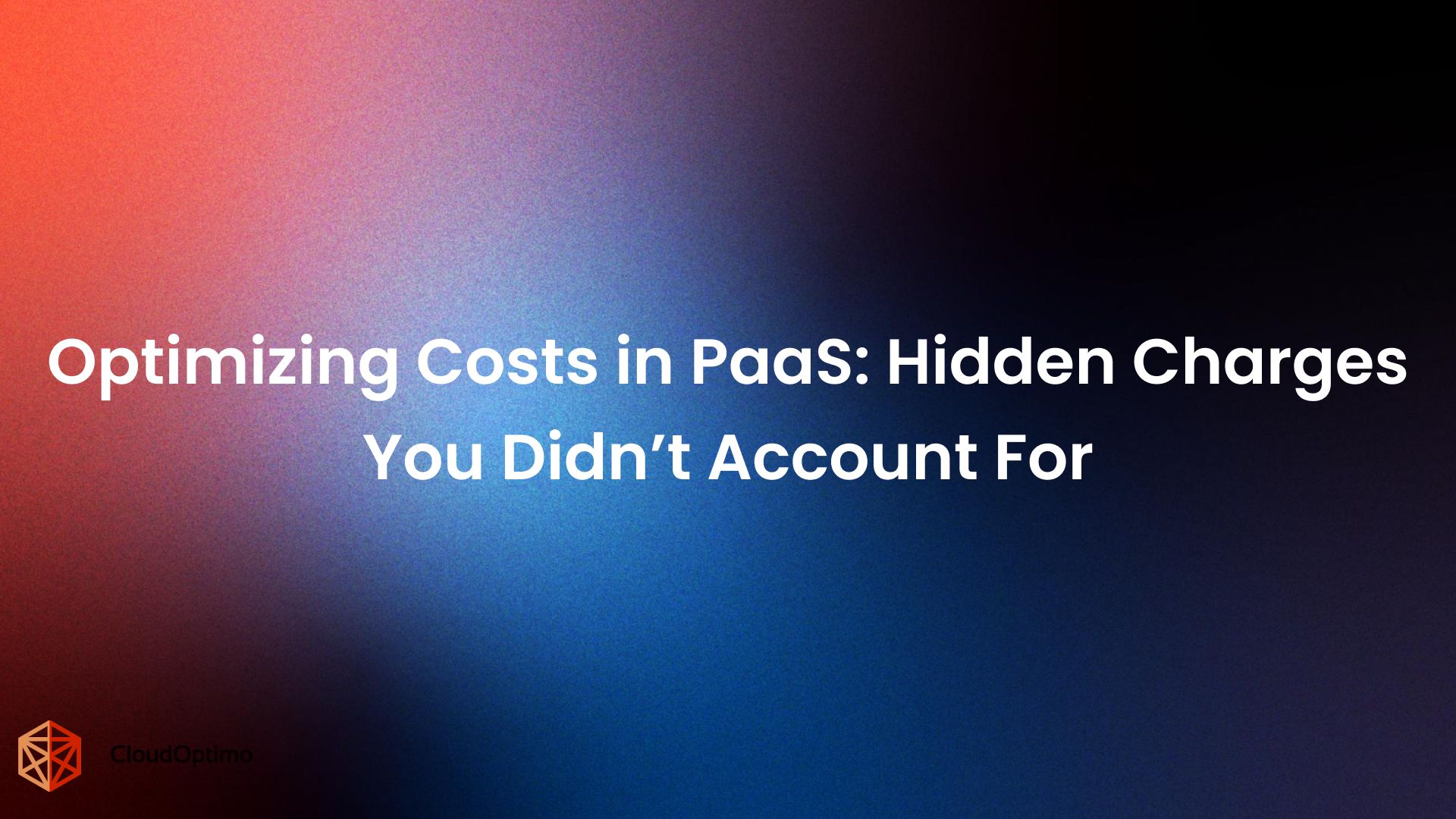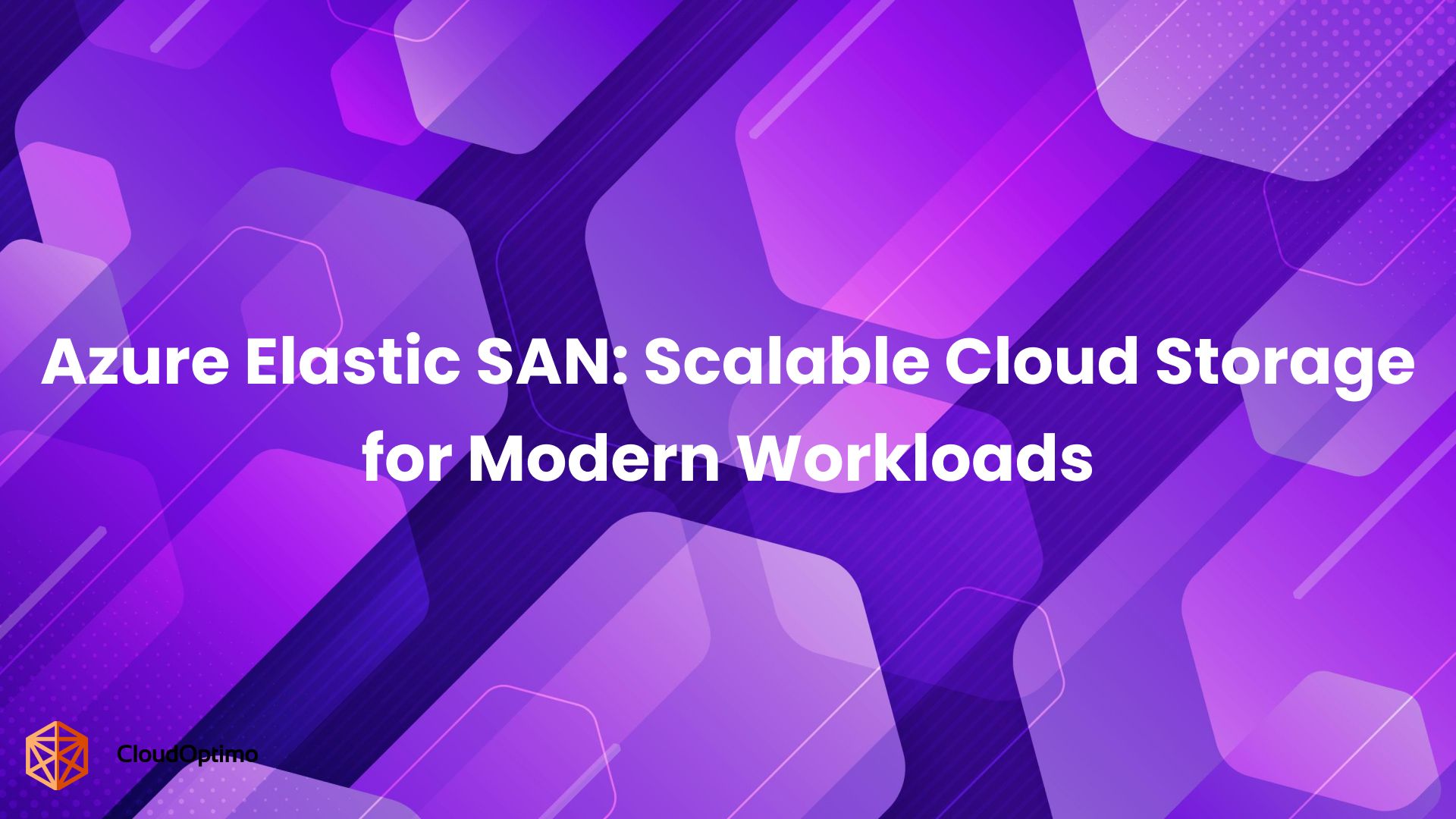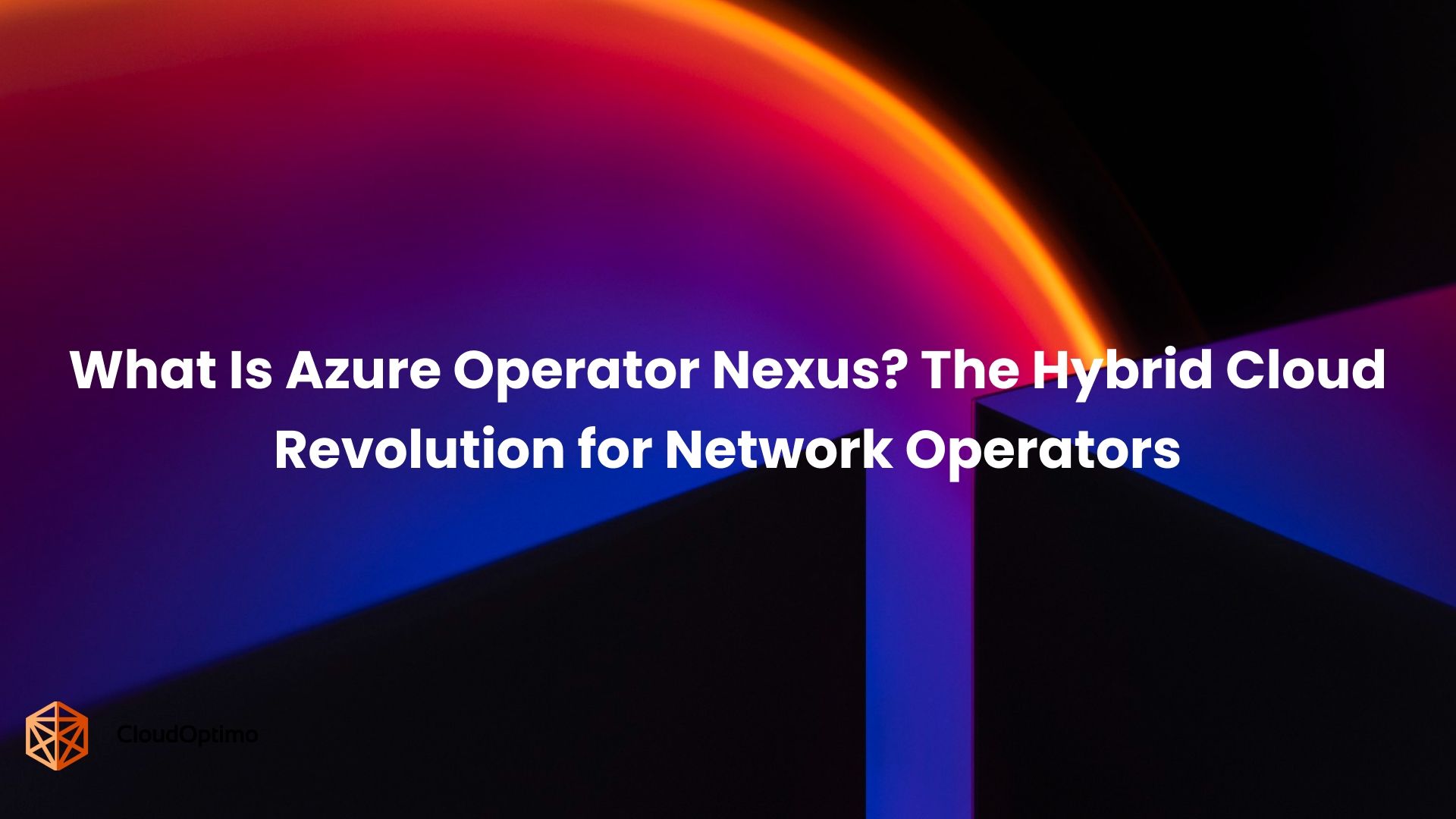1. Introduction
1.1 What are R8i and R8i-flex instances?
Amazon Web Services (AWS) recently launched its 8th-generation memory-optimized EC2 instances, the R8i and R8i-flex, powered by custom Intel Xeon 6 processors. These instances are designed to deliver faster memory, higher performance, and improved price efficiency, making them ideal for a wide range of memory-intensive workloads.
1.2 Why this launch matters
Released in August 2025, the R8i and R8i-flex instances bring up to 20% better performance and 2.5× higher memory throughput compared to the previous generation R7i. For organizations running databases, in-memory analytics, AI/ML workloads, or enterprise applications, these instances provide the power and flexibility to scale efficiently while controlling costs. The R8i-flex family, in particular, is tailored for workloads that don’t fully utilize all compute resources, offering enhanced price-performance at a lower cost.
This launch reinforces AWS’s focus on high-performance, memory-optimized computing, giving businesses the tools they need to process large datasets faster and run mission-critical applications reliably.
2. Key Highlights at a Glance
2.1 Performance Improvements over R7i
The R8i and R8i-flex instances deliver up to 20% higher performance and 2.5× more memory throughput compared to the previous R7i generation. Notably, they are:
- Up to 30% faster for PostgreSQL databases
- Up to 60% faster for NGINX web applications
- Up to 40% faster for AI deep learning recommendation models
These enhancements make them ideal for memory-intensive workloads such as SQL and NoSQL databases, distributed web-scale in-memory caches (Memcached and Redis), in-memory databases like SAP HANA, and real-time big data analytics (Apache Hadoop and Apache Spark clusters).
2.2 Cost and Efficiency Differences
While R8i instances are optimized for demanding workloads, the R8i-flex family offers a cost-effective alternative for applications that do not fully utilize all CPU resources. R8i-flex instances provide up to 5% better price performance at 5% lower prices, making them suitable for in-memory analytics, distributed caches, and mid-size enterprise applications.
3. Powered by Intel Xeon 6
“The performance and efficiency improvements of R8i and R8i-flex instances are enabled by their underlying Intel Xeon 6 processors and AWS Nitro system architecture. Understanding this foundation helps explain the observed gains.”
3.1 Processor Architecture
R8i and R8i-flex instances use Intel Xeon 6 processors with P-cores. Key specifications include:
- Rearchitected cores with higher core counts and improved pipelines, providing greater compute density.
- Sustained all-core turbo frequency of 3.9 GHz, compared to 3.2 GHz in R7i instances.
- Intel Advanced Matrix Extensions (AMX) for up to 2× improved AI/ML inference performance without external accelerators.
- DDR5 memory support up to 7200 MT/s, offering significantly higher memory bandwidth and lower latency for memory-intensive workloads.
- Intel QuickAssist Technology (QAT) enables hardware-accelerated encryption and compression, optimizing performance for security-sensitive applications.
3.2 Networking and Storage
Both instance types leverage 6th-generation AWS Nitro Cards, which provide up to double the network and EBS bandwidth relative to the previous generation. This improves:
- Database query performance
- Latency-sensitive web and application workloads
- I/O-heavy workloads such as analytics and real-time processing
These hardware improvements allow R8i and R8i-flex instances to efficiently handle large in-memory datasets, AI models, and high-throughput enterprise applications.
4. Performance Deep Dive
“R8i and R8i-flex instances show measurable performance gains over the previous generation R7i, particularly in memory-intensive and AI/ML workloads.”
4.1 Measured Performance Improvements
According to AWS and Intel:
| Metric / Workload | R7i | R8i / R8i-flex | Improvement |
| All-Core Turbo Frequency | 3.2 GHz | 3.9 GHz | +21.9% |
| Memory Bandwidth | Baseline | 2.5× higher | +150% |
| L3 Cache Size | Baseline | 4.6× larger | +360% |
| AI/ML Performance (with AMX) | Baseline | Up to 2× improvement | +100% |
| Price Performance | Baseline | Up to 15% better | +15% |
4.2 Implications for Workloads
These enhancements make R8i and R8i-flex well-suited for:
- In-memory databases (SAP HANA, Redis, Memcached)
- Real-time analytics and big data processing (Apache Spark, Hadoop)
- AI and ML workloads that benefit from integrated AMX acceleration
- Security-sensitive applications requiring efficient encryption or compression
Source: AWS Blog – New R8i and R8i-flex Instances
5. Best Fit Use Cases
“Choosing the right instance depends on the workload’s compute demands and efficiency needs.”
5.1 R8i for Heavy Compute and Mission-Critical Apps
R8i instances are designed for workloads that need sustained high CPU, memory, and network performance. Applications such as large in-memory databases, enterprise analytics platforms, and critical business applications benefit from their high compute capacity and large memory footprint. With up to 384 vCPUs and 3 TiB memory, R8i handles high-density workloads effectively without performance degradation.
5.2 R8i-flex for Cost-Effective, Steady Workloads
R8i-flex instances target steady workloads that don’t fully utilize all compute resources. They retain most of the performance advantages of R8i but at a slightly lower cost, offering up to 5% better price-performance. These instances suit mid-sized databases, caching layers, and real-time analytics with moderate CPU usage, providing cost-efficient scaling.
5.3 Real-World Examples
| Workload Type | Recommended Instance Type |
| SAP HANA and large databases | R8i |
| Distributed caches (Redis/Memcached) | R8i-flex |
| Enterprise analytics & reporting | R8i |
| Mid-size real-time analytics | R8i-flex |
6. Networking and Storage
“Performance isn’t just about compute; networking and storage also play a critical role.”
6.1 Nitro v6 and Throughput Upgrades
Both R8i and R8i-flex instances use 6th-generation AWS Nitro Cards, providing up to twice the network and EBS bandwidth compared to the previous generation. This is particularly beneficial for web applications, gaming servers, and other workloads that handle many small packets, ensuring consistent throughput.
6.2 Storage Performance for Data-Heavy Apps
Dynamic bandwidth allocation allows up to 25% adjustment between network and EBS throughput, helping databases and I/O-intensive applications maintain low-latency performance. This is useful for real-time analytics, logging-heavy workloads, and large-scale data processing, ensuring both network and storage resources are efficiently used.
7. Enterprise-Grade Reliability
“AWS designed these instances to meet enterprise standards for stability and compliance.”
7.1 SAP and Enterprise Certifications
R8i instances are SAP-certified, delivering predictable performance for ERP and analytics workloads. This certification provides confidence for mission-critical enterprise applications, ensuring the infrastructure can handle demanding operations with minimal risk.
7.2 Ready for Production Workloads
Both instance families are suitable for production environments, offering reliable and consistent compute, network, and storage performance. Organizations running financial analytics, large-scale in-memory caches, or real-time processing pipelines can deploy these instances knowing that they meet high availability and enterprise-grade standards.
8. Takeaways for Decision Makers
“Making the right choice between R8i and R8i-flex depends on workload demands, budget considerations, and performance requirements.”
8.1 When to Choose R8i vs R8i-flex
R8i instances are best suited for high-performance, compute-intensive workloads where maximum CPU, memory, and network throughput is needed. Examples include large-scale in-memory databases, enterprise analytics, and mission-critical ERP systems.
R8i-flex instances are a more cost-efficient option for workloads that don’t fully utilize compute resources, such as mid-size databases, caching layers, or real-time analytics on moderate datasets. They provide most of the R8i performance but with lower costs and better price-performance ratio for steady workloads.
| Decision Factor | R8i | R8i-flex |
| CPU & Memory Utilization | High | Moderate |
| Cost Consideration | Standard | Slightly lower |
| Typical Workloads | Mission-critical ERP, analytics, large databases | Mid-size analytics, caching, moderate real-time workloads |
| Scaling Needs | Up to 384 vCPUs / 3 TiB | Up to 64 vCPUs / 512 GiB |
8.2 Migration and Adoption Tips
- Assess Workload Needs First: Determine if your applications require sustained high performance or steady utilization.
- Start Small, Scale Up: Begin with smaller instances (R8i-flex or mid-range R8i) to test performance and cost before moving to larger sizes.
- Leverage Nitro Features: Use dynamic bandwidth allocation for database-heavy or I/O-intensive workloads.
- Consider SAP Certification: For ERP and business-critical applications, R8i’s SAP certification ensures predictable performance and reliability.
- Monitor Usage: Continuously track resource utilization to determine if switching between R8i and R8i-flex could optimize performance and costs.
To make confident decisions about instance selection and cost efficiency, it helps to estimate your workload costs accurately across regions. Solutions like CloudOptimo CostCalculator let you compare EC2 instance types, including R8i and R8i-flex, by performance, memory, pricing, and regional availability, helping you optimize cloud spend wherever your workloads run.

